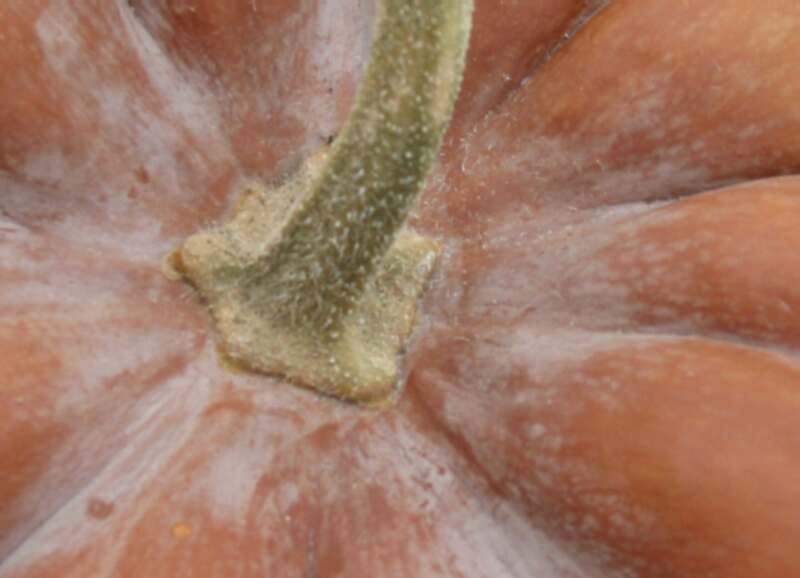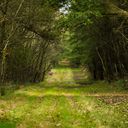
EcoTree Forestry Glossary
Are you interested in better knowing trees and the forest? Discover the technical vocabulary, lexicon and definitions of tree-related terms and enrich your knowledge of the forest, of tree species, of the anatomy of trees, of wood and soil types!
Are you interested in better knowing trees and the forest? Discover the technical vocabulary, lexicon and definitions of tree-related terms and enrich your knowledge of the forest, of tree species, of the anatomy of trees, of wood and soil types!
What distinguishes conifers from deciduous trees?
The trees are grouped into two large groups: deciduous on one side and conifers or conifers on the other. Conifers usually have leaves reduced to needles ( pine , spruce ) or scales ( thuya ). Their foliage is persistent, except in some such as larch. The photosynthesis of conifers continues partially, giving them faster growth than those of hardwoods. Thus, conifers reach higher sizes faster. From an ecological point of view, softwoods are generally less demanding with regard to the composition of the soil than hardwoods and also more resistant to cold.
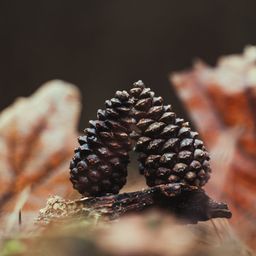
- Conifers
- The term coniferous tree means " which bears cones ". The fruits of many coniferous trees come in the form of cones (the famous pine cones). Conifers, a sub-branch of gymnosperms , are trees and shrubs, whose ovules (and therefore, after fertilization, the seeds) are bare, simply pinched between the scales of a cone. Not all conifers produce resins and are therefore not all conifers, for example Giant Thuja .
- Softwoods
- Hardwoods belong to angiosperms , Dicotyledons are trees Deciduous and therefore lose their leaves in winter.Unlike conifers, ova develop in a closed ovary.
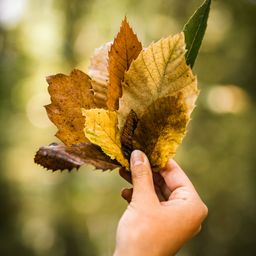
- Angiosperm
- The term "angiosperm" comes from Greek and comprises seed plants. Angiosperms, commonly known as "flowering plants", are plants whose reproductive organs are condensed into a flower and whose fertilized seeds are enclosed in a fruit.
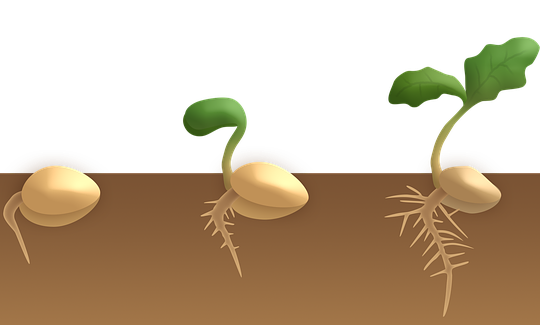
- dicotyledonous
- Name given to plants whose embryo contained in the seeds most generally bears two leaves which appear at the time of reproduction.
- Gymnosperm
- Greek term for seed plants. The characteristic of gymnosperm plants is that their ovum is bare and receives pollen directly. It is carried by a fertile leaf or open scales.
- Anemophilous
- Characteristic of a plant species whose pollen travels by air by the wind, thus allowing the fertilization process.
- Entomophilous
- A plant whose fertilization depends on pollination by insects.

Around and about the Forest
- Biodiversity
- Etymological sense of the term, evokes the diversity of living species (micro-organisms, plants, animals) present in an environment, and therefore all the processes, lifestyles or functions that lead to maintaining an organism in the state of life.
- Fauna
- All the animal species living in a same geographical space at a given time
- Flora
- All the plant species living in the same geographical space at a given period.
- Log
- Trunk of the felled tree, topped and cleared of the crown and branches.
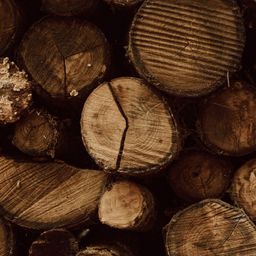
- Deciduous
- "Deduc" comes from Latin and means to fall. A deciduous plant is therefore a plant that loses its leaves to save energy in the fall, when the temperatures and the length of the day decreases. The trees go to sleep.
- Pioneer Species
- First species that grows back on ground that has been burned or cleared after a clear cutting. Pine and birch are pioneer species in such situation.
- Thermophilic
- This term describes a plant which grows preferably in hot and sunny places.
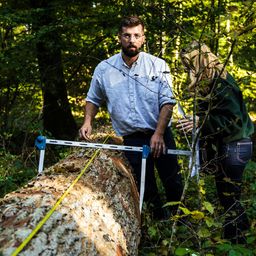
- Forestry
- Silviculture is a management of sustainable development of the forest or afforestation.
- Photosynthesis
- Photosynthesis creates nutrients (in the form of carbohydrates) from the sun's light. Organisms that use photosynthesis are autotrophic.
- Autotrophic
- An organism able to create its own organic matter from mineral elements.
- Monoecious
- A plant which carries male flowers and female flowers separated from each other, but on the same specimen.
- Dioecious
- A unisexual plant, requiring 2 specimen, a male and a female to ensure reproduction.
- Humid zone
- Region where water is the main factor controlling the natural environment and associated animal and plant life.

- Peat bog
- Wetland, covered by vegetation, whose specific ecological conditions have allowed the formation of a soil consisting of a peat deposit.
- Peat
- Fossil organic matter, made of vegetal debris from the decomposition of plants in the absence of air
- Litter
- Natural layer of organic debris, leaves, twigs and decaying bark on the soil hosting an ecosystem of decomposing organisms that gradually transforms it into humus.
- Humus
- Upper layer of soil created and maintained by the decomposition of organic matter.

- Detritivores
- Decomposing organism (bacteria, fungi or invertebrates) feeding on detritus of animal or vegetable origin. They participate in the recycling of organic compounds and therefore play an essential role in the food chain.
- Reforestation
- Operation which consists in restoring or creating wooded areas or forests, typically after a clear cutting or storm.
- Pessière
- A spruce grove is a plantation or a natural forest populated by spruces.
Soil types
- Sandy soil
- Often dry, nutritiously poor, and very draining
- Silty soil
- Easier to work with and able to store considerable volumes of water, these soils are different from sandy soils due to their ease of forming a crust, which is often very hard.
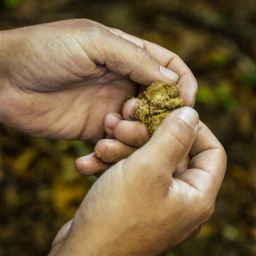
- Clay soil
- Excellent water retention, clay soils are heavy soils and do not heat up well after winter.
- Limestone soil
- More uncommon, limestone is present in pure soil (stone), in the form of sand or clay (marl). The presence of limestone promotes the decomposition of organic matter and the assimilation of mineral elements by plants.
- Humus soil
- Typical peatland soil, it is often acidic and not suitable for many crops. Easily retains water but is prone to drying out in summer.
Around the Tree
- Wood
- Plant tissue (xylem) which plays a double role in vascular plants: conductor of the raw sap and support tissue which gives their resistance to the stems.
![trunk]()
- Bark
- The external layer covering the trunk, branches and roots of ligneous plants (i.e. living trees, shrubs, cacti and climbing plants).
- Phloem
- Vascular tissue used by plants for nutrition purposes
- Cambium
- known as "second bark" or "inner bark".
- Sapwood
- Peripheral layers of physiologically active wood, rich in reserve substances.
- Duramen
- Heartwood, the central part of the wood that plays a mechanical role in supporting the tree.
- Pith
- Inner part of the plant used to transport nutrients.
- Bark
- The external layer covering the trunk, branches and roots of ligneous plants (i.e. living trees, shrubs, cacti and climbing plants).
- Phloem
- Vascular tissue used by plants for nutrition purposes
- Cambium
- known as "second bark" or "inner bark".
- Sapwood
- Peripheral layers of physiologically active wood, rich in reserve substances.
- Duramen
- Heartwood, the central part of the wood that plays a mechanical role in supporting the tree.
- Pith
- Inner part of the plant used to transport nutrients.

- Crowne
- All branches and part of the trunk not included in the bole. In common parlance, it is often referred to as the "head of the oak".
- Bole
- Part of the tree trunk under the crown and devoid of branches.
- Roots
- Underground parts of a plant that attach it to the soil and draw water and nutrients necessary for its development.
- Trunk
- Main part of the stem of a tree, usually bare, located between the roots and the crown.
- 5. Foliage
- Set of Leaves.
- Branch
- The lengthening and growth in lateral thickness of the trunk of a tree are part of the processes that allow a plant to grow.

- Leaf
- Thin flat part
- Bud
- excrescence occurring at the end of summer and in autumn on the stem or branch of a tree and which contains the "embryo" of the stems, branches, leaves, flowers or fruits.
- Twig
- Small tree branch
- Raw sap
- Mineral water transported to the leaves through the sapwood.
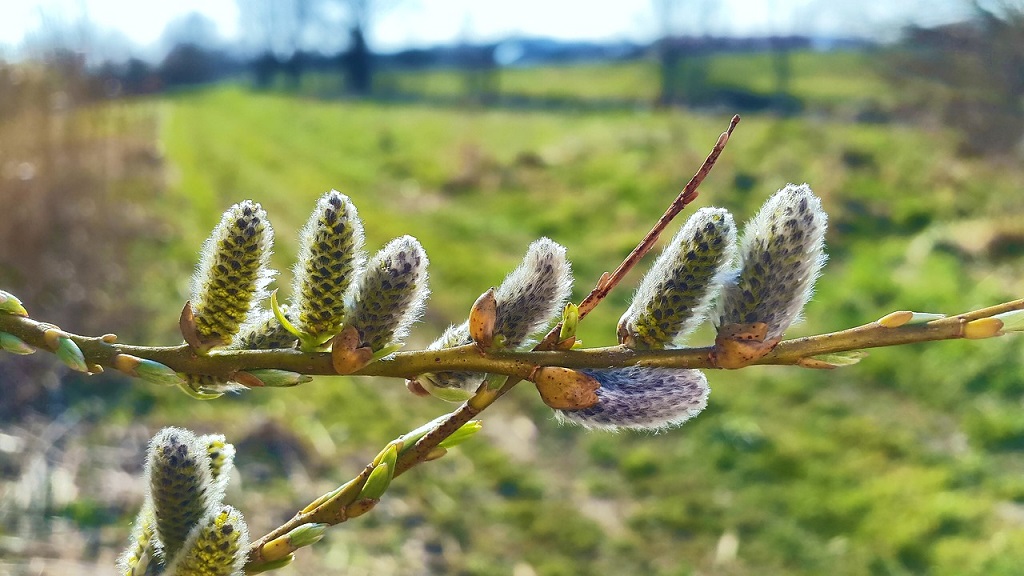
- Catkins
- Soft inflorescences characteristic of certain deciduous trees which can be erect or hanging, greenish yellow or silvery. While the catkins are visible from fall or winter, they only really come out in spring, when they release their pollen.
- Inflorescences
- All the flowers grouped together and arranged in a precise manner on a stem.
- Peduncle
- Vegetative organ connecting the flower to the stem.
